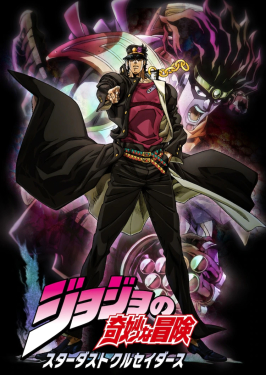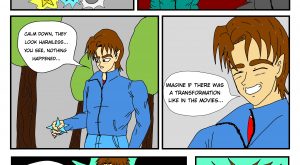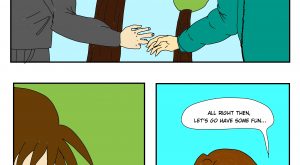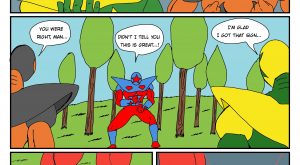JoJo’s Bizarre Adventure (manga)
JoJo’s Bizarre Adventure (Japanese: ジョジョの奇妙な冒険, Hepburn: JoJo no Kimyō na Bōken) is a Japanese manga series written and illustrated by Hirohiko Araki. It was originally serialized in Shueisha‘s shōnen manga magazine Weekly Shōnen Jump from 1987 to 2004, and was transferred to the monthly seinen manga magazine Ultra Jump in 2005. The series is divided into nine story arcs, each following a new protagonist bearing the “JoJo” nickname. JoJo’s Bizarre Adventure is Shueisha’s largest ongoing manga series by volume count, with its chapters collected in 130 tankōbon volumes as of May 2021.
| Genre | Adventure, fantasy, supernatural |
|---|---|
| Manga | |
| Written by | Hirohiko Araki |
| Published by | Shueisha |
| English publisher | |
| Imprint | Jump Comics |
| Magazine |
|
| Demographic | Shōnen, seinen |
| Original run | January 1, 1987 – present |
| Volumes | 131 |
| Manga parts | |
|
|





